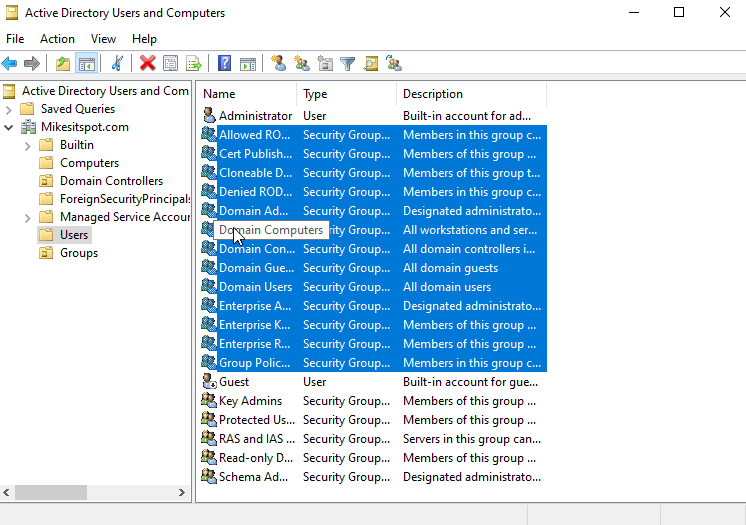Fortifying Your Defenses: Preventing Phishing Attacks for Enhanced Security
Phishing attacks are a persistent threat to organizations and individuals alike, and the need for robust prevention strategies has never been greater. In this blog post, we'll explore the world of phishing attacks, providing best practices and critical indicators to help you guard against this prevalent threat.
**Understanding Phishing Attacks**
Phishing is a form of social engineering in which attackers use deceptive tactics to trick individuals into revealing sensitive information, such as login credentials or financial data. These attacks can take various forms, including emails, messages, or fraudulent websites.
**Best Practices for Preventing Phishing Attacks**
1. **User Training:**
- Educate employees and individuals about the various types of phishing attacks and how to recognize them.
2. **Email Filtering:**
- Implement robust email filtering solutions that identify and quarantine phishing emails.
3. **Use Multi-Factor Authentication (MFA):**
- Require MFA for all accounts to provide an additional layer of security.
4. **Check URLs:**
- Before clicking on links, hover over them to view the actual URL and ensure it's legitimate.
5. **Verify Sender Information:**
- Double-check email sender details, as attackers often impersonate trusted sources.
6. **Beware of Urgency:**
- Be cautious of emails or messages that create a sense of urgency or pressure you to take immediate action.
7. **Examine Email Attachments:**
- Only open email attachments from trusted sources, and be cautious with file downloads.
8. **Verify Requests for Sensitive Information:**
- Confirm the authenticity of requests for personal or financial data by contacting the supposed sender through official channels.
9. **Regular Updates:**
- Keep software and operating systems updated to patch security vulnerabilities that attackers may exploit.
10. **Incident Response Plan:**
- Develop and rehearse an incident response plan to address and mitigate phishing incidents quickly.
**Indicators of Phishing Attacks**
1. **Mismatched URLs:**
- Examine URLs for discrepancies in domain names, such as misspelled variations or unfamiliar domains.
2. **Generic Greetings:**
- Be wary of emails that use generic greetings like "Dear User" instead of addressing you by name.
3. **Unsolicited Requests:**
- Watch out for unsolicited requests for sensitive information, especially financial or personal data.
4. **Spelling and Grammar Errors:**
- Phishing emails often contain spelling and grammatical mistakes.
5. **Threats or Fear Tactics:**
- Be cautious of messages that threaten negative consequences unless you take immediate action.
**Conclusion**
Phishing attacks are cunning and relentless, but with awareness and best practices, you can significantly reduce the risk of falling victim to them. By implementing these prevention strategies and remaining vigilant for potential indicators of phishing attempts, you can bolster your defenses against this prevalent threat. In an era where phishing attacks are on the rise, your proactive approach to prevention is your most potent weapon. Safeguard your digital realm and keep your sensitive information secure. Start your phishing prevention journey today.

Comments
Post a Comment